Morris animal foundation makes a stand against osteosarcoma. Osteosarcomas are often painful and can result in bone.

What Is The Right Time To Euthanize A Dog With Osteosarcoma - Dog Leash Pro
Bone cancers typically affect large breeds of dogs and dogs over 7 years old.

How long does bone cancer take to kill a dog. Following removal of the affected toe, this cancer will take the life of half the patients within a year, assuming there is no evidence for spread at the time of surgery. An estimated ~10,000 new diagnoses are made yearly, mostly in large and giant breed dogs, and it is seen only rarely in cats. It's very useful if many bones are affected.
Osteosarcoma is a type of malignant cancer that arises from bone cells. For surgery alone (no chemotherapy), the average survival time is approximately six months. How long can a dog live after being diagnosed with this kind of cancer?
There are many types of cancers that occur in dogs: Now that you understand how different each situation can be based on the dog in question, let’s get into the common types of cancer in dogs. Curcumin has received a great deal of focus because of its ability to reduce tumor size and kill cancer cells.” a 2012 study on rats showed that curcumin could prevent bladder cancer in rats.
How long can a dog live with cancer without treatment Some of the common types of cancer in dogs. Any type of cancer in dogs can.
It is especially infamous for “micrometastasis”. Average survival time following the administration of either drug is approximately 290 days, according to a journal of veterinary internal medicine article. A childhood friend who is now a vet tried to provide hope.
Surgery may be done to prevent or treat a bone fracture. The substance is attracted to areas of bone that have cancer. Treating cancer in dogs usually involves chemotherapy, radiation, surgery, or a combination of the three.
Their pet underwent six months of treatment, attaining remission for a total of 14 months, and was euthanized when the cancer resurfaced and clinical signs caused a decline in quality of life unacceptable to their standards. Of the many cancers, dog bone cancer, or osteosarcoma, is one of the most invasive and hardest to treat. Locally aggressive cancerous tumors can cause ulcerations and infections resulting in extreme pain.
We recognized that more work. The cancer may develop slowly or unexpectedly, so you don’t need to be worried too much. The surgeon may take bone from another part of the body to replace lost bone, or they may fit an artificial bone.
However, skin cancers that continually recur in the same place may be more dangerous, as they can spread to other sites without being detected. Dogs with limb osteosarcoma that receive srs and chemotherapy have a median survival time of about one year, similar to the survival time for dogs treated with amputation and chemotherapy. The median age at diagnosis is ~8 years, with a small peak of incidence in young animals (younger than 3 years).
Cancer can cause secondary physical disorders that result in death. In some cases, however, a doctor may need to amputate a. Jack has an aggressive cancer coursing throughout his body.
The only choice may be euthanasia. Osteosarcoma spreads quickly, usually to the lungs, and nearly 90% of dogs have metastases by the time of diagnosis, even if there are no obvious signs of disease spread. As you can imagine, this form of bone cancer in dogs can become very painful as the tumor grows, usually within just a few months.
Metastatic tumors affecting the kidneys may create limited kidney function, giving way to problems with excessive urination, increased thirst and generalized weakness. While there is a long list of cancers that can impact our furry friends, there are some common ones that are seen often in the veterinary office. Dogs who have an amputation followed by chemotherapy may live up to.
The malignant form of this tumor is called liposarcoma and is less common. Morris animal foundation has been a leader in trying to find new, innovative therapies to treat osteosarcoma. Osteosarcoma is an aggressive cancer that often spreads to other parts of a dog’s body.
The prognosis for pets with osteosarcoma depends on the severity and spread of the disease and on the treatment you choose. They tend to affect the leg bones, and common signs include swelling, lameness, and chronic pain. Dog #2’s owners elected to euthanize their dog the day after meeting with me.
“curcumin interferes with cancer development, growth, and spread. Giving radiation right to the bone in this way kills active cancer cells there and can ease symptoms. My dog has been diagnosed as having cysts in his prostate which is enlarged at 3.67 by 2.52.
Cancer can kill a dog in various ways: Common types of cancer in dogs. Common dog breeds with lipomas are weimaraners, doberman pinschers, german pointers, springer spaniels, and labrador retrievers.
For my dogs (and most dogs), this is an important benefit. Osteosarcoma accounts for approximately 85% of bone tumors in dogs. The vet suspects cancer but didn’t want to risk a biopsy.
Sometimes due to the location of the tumor, surgical removal is impossible. It’s sad to say, but dogs with bone cancer do not have a very long life expectancy, especially if the cancer has metastasized. According to fetchvets, while skin tumors are among the most common tumors found in dogs , many are benign.
It is diagnosed in 8,000 to 10,000 dogs each year in the u.s., which accounts for roughly 85 percent of all canine bone tumors. When metastatic cancer spreads to the bones, the primary symptoms may be hesitancy to walk around or climb stairs, or anything that would cause pain to the dog's bones and joints. Dogs tend to tolerate chemotherapy far better than we do.
Osteosarcoma can also spread to other parts of the body (metastasis). The best thing for you to do is giving your pet comes to the veterinary clinic to be diagnosed correctly by the doctor.
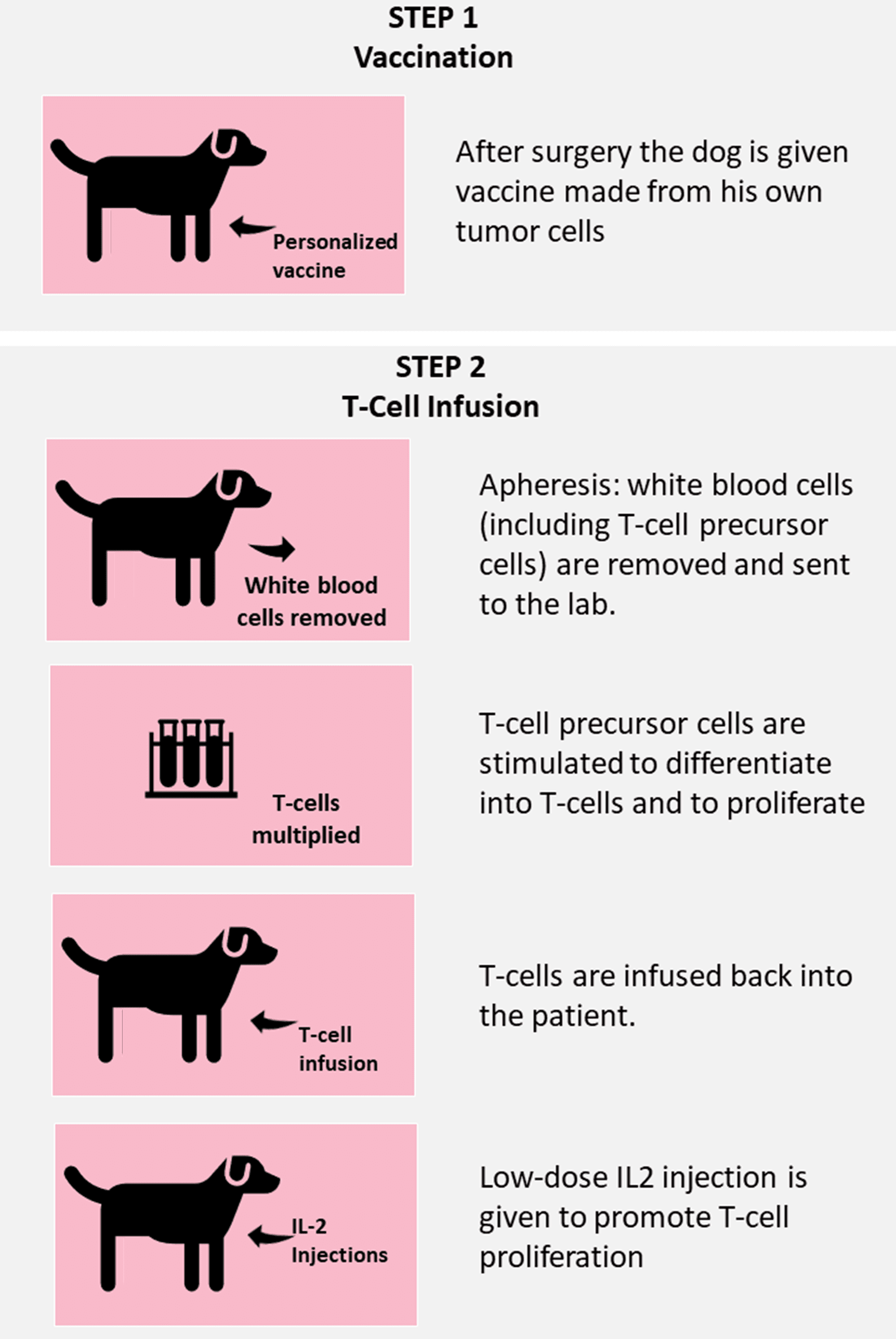
Cancer Immunotherapy - Veterinary Specialty Center

Osteosarcoma Bone Cancer In Dogs

Osteosarcoma Bone Cancer In Dogs

Can My Dog Have Horlicks Horlicks Dogs Dog Health Care
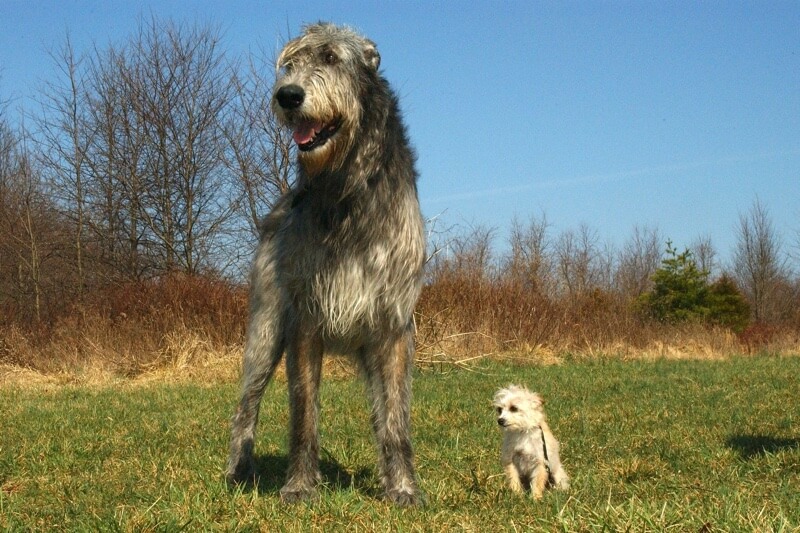
Osteosarcoma Bone Cancer In Dogs
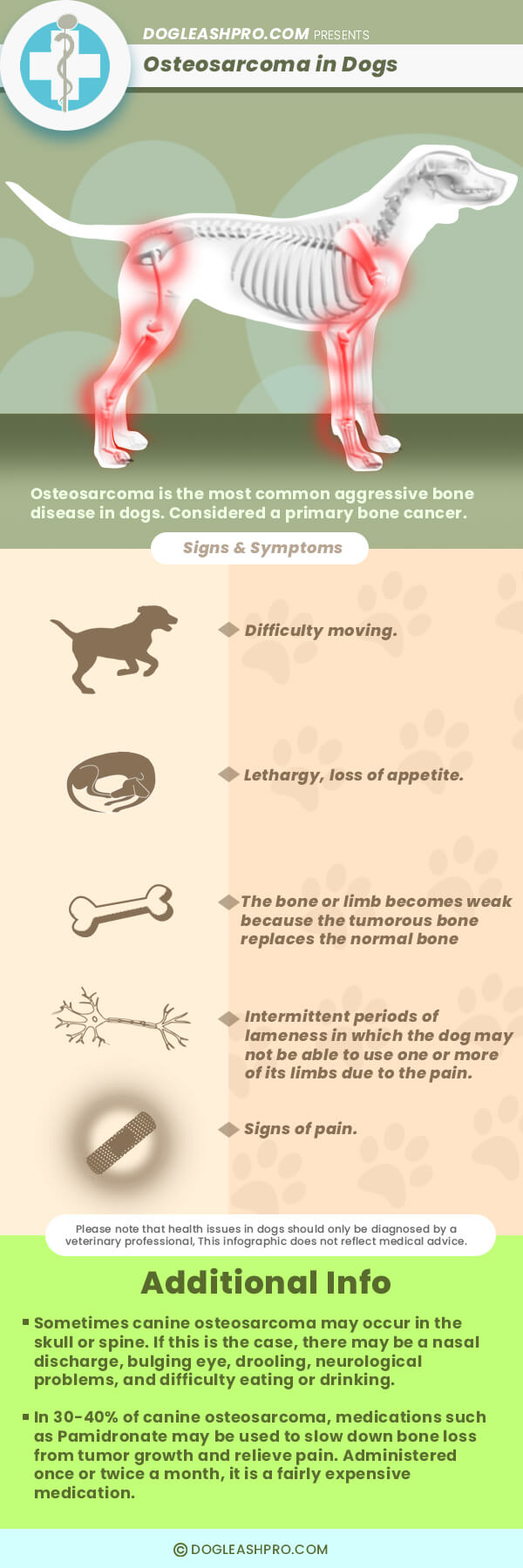
What Is The Right Time To Euthanize A Dog With Osteosarcoma - Dog Leash Pro

Pin On General Dog Care Tips Helpful Tips For Dogs
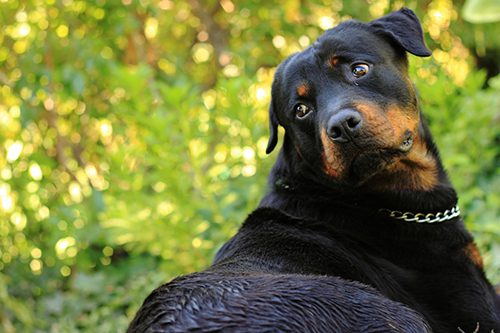
What You Should Know About Osteosarcoma Bone Cancer In Dogs Advanced Radiation Therapy Treatment For Dogs And Cats With Cancer Petcure Oncology

Pro Pet Works Every Natural Earthbath All Natural Paws Pals Natural Paid Link You Can Find Out More D Sick Dog Sick Dog Remedies Sick Puppies

What Is The Prognosis Of Bone Cancer In Dogs

Signs Of Bone Cancer In Dogs How Its Treated Winston-salem Vet Veterinary Oncology

Smoked Bones For Dogs - Are Smoked Bones Safe For Dogs
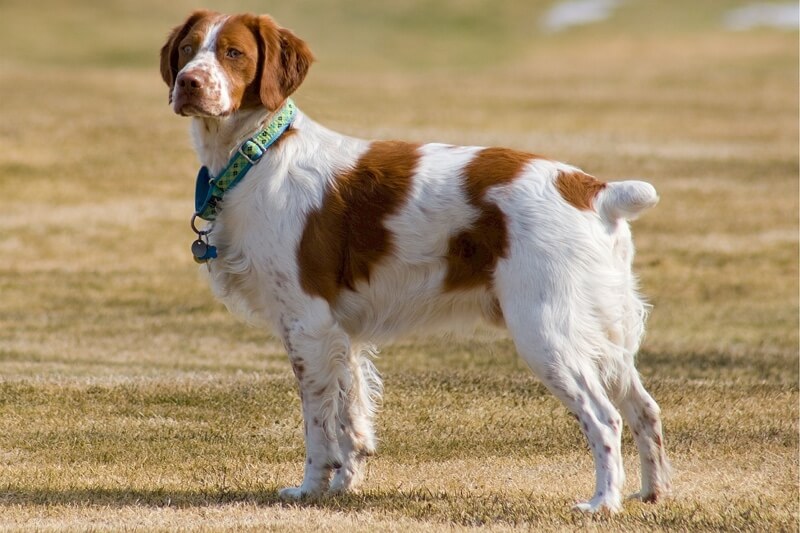
Osteosarcoma Bone Cancer In Dogs

Bone And Joint Tumors In Dogs East Paulding Animal Hospital

Ever Wonder What Foods You Can Safely Give To Your Beloved Dogs Besides The Boring Dog Food You Feed Human Food For Dogs Healthy Dog Food Recipes Human Food

The Canine Cancer Crisis - Whole Dog Journal

What You Should Know About Osteosarcoma Bone Cancer In Dogs Advanced Radiation Therapy Treatment For Dogs And Cats With Cancer Petcure Oncology

Osteosarcoma Bone Cancer In Dogs

Raise A Green Dog Bone Broth The Hot New Trend Is A Super Healthy Treat For Your Dog Your Dog Food Animals Dog People